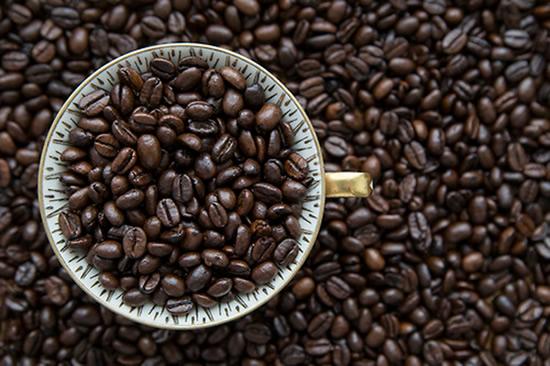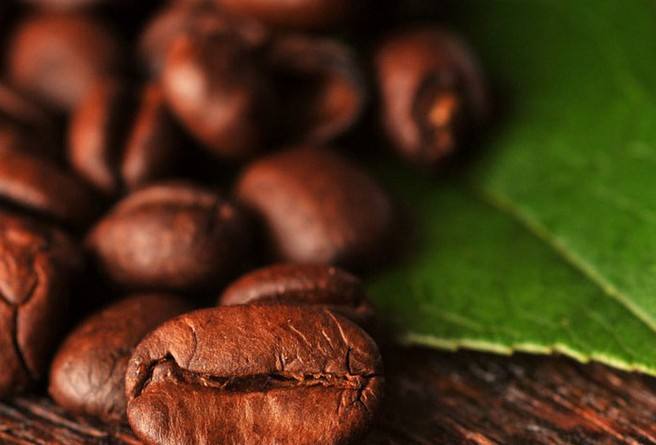Nicaragua coffee history, Nicaragua coffee introduction
Follow the caf é (Wechat official account vdailycom) and found that Beautiful Cafe opened a small shop of its own.
Like other countries, Nicaragua is a poor country, and coffee is also its main export crop. Nicaragua also suffered huge losses during Hurricane Mitch in 1998. Next, Fulaigao coffee experts will take you into the history of coffee in this country.

The excellent Nicaraguan coffee is among the highest in the world, it is mild and delicious, moderate granule, very fragrant. In many countries, coffee production has been seriously affected for political reasons. Nicaraguan coffee industry is no exception. The 1979 revolution forced coffee planters to flee to Miami. A period of uncertainty followed, when the government considered whether to redistribute land, including many plantations, which led to a shortage of coffee and a decline in production, from more than 1 million bags in the early 1970s to less than 600000 bags in 1990. Now the government has opened up the coffee industry and private owners have taken control of the market. The best Nicaraguan coffee is grown in the north and middle of the country, and the best coffee is produced in Jinotega and Nuevo Segovia in Matagalpa. The finest Nicaraguan coffee is classified as Middle Estrich Tamant Altura (Central Estrictamendte Altura) coffee, which has moderate acidity, delicious aroma and is very lovable. Coffee beans of poor quality are widely used to mix coffee.
During Hurricane Mitch in 1998, Nicaragua's medium coffee crop lost more than 300,000 belts, accounting for 30% of its total production. A large number of landslides from the Casta volcano engulfed all coffee plantations in Matagalpa, causing 10% of coffee beans to be destroyed directly under the haze of landslides. The other 20% were damaged by traffic jams on the way to the mill.
In Nicaragua, Matagalpa and the neighboring town of West Tattega produce the best coffee. Among them, SHG is famous for its large beans, salty acidity, medium to high mellow and rich aroma. Arabica coffee, which is all washed and processed, grows in fertile fiery soil.
Nicaragua is endowed with rich biological significance and unique ecosystem, which is why it is designated as a biodiversity hotspot. In fact, Nicaragua's biodiversity, warm tropical climate, and active volcanoes make it an increasingly popular destination for tourists, surfers, biologists, and volcanologists.
Nicaragua's agricultural and cattle farming have been a fundamental part of the country's exports for more than is 150 years old. Historically, it is called the granary of Central America, and Nicaragua is called the fertile soil.
Nicaragua is mainly an agricultural country; agriculture accounts for 60% of its total export output of about $300 million per year. Nicaragua has traditionally exported cash crops such as coffee, sugar and beef based on its agricultural economy. Light industry (export processing), tourism, banking, mining, fishing, and general trade expanded. On the Pacific side, coffee and cotton are by far the most important cash crops. Since 1992, more land has been dedicated to coffee than any other crop, and it is the country's leading export in value.
In the last few years is showing positive growth in countries in the tourism sector. The country has seen an increase of about 70%. The national rate is 10% Mui 16%. Tourism growth has had a positive impact on agriculture, commerce, and finance, as well as construction.
Important Notice :
前街咖啡 FrontStreet Coffee has moved to new addredd:
FrontStreet Coffee Address: 315,Donghua East Road,GuangZhou
Tel:020 38364473
- Prev

Nicaraguan coffee producing area, Nicaraguan coffee flavor and taste
Following Cafe Review (Wechat official account vdailycom) found that Beautiful Cafe opened a small shop of its own. Nicaraguan coffee of high quality is among the highest in the world and enjoys a good reputation. Its particles are moderate in size, mild in taste and very aromatic and mellow. Nicaragua is located in central Central America, and the best coffee in Nicaragua is produced in Sinotega and Matagalpa, Matagalpa.
- Next

Characteristics of Brazilian coffee beans Arabica coffee beans are suitable for hand-brewing coffee.
Following Cafe Review (Wechat official account vdailycom) found that Beautiful Cafe opened a small shop of its own Brazilian Coffee refers to coffee produced in Brazil. There is a wide variety of Brazilian coffee, the vast majority of which are unwashed and sun-dried, classified according to the name of the state of origin and the port of transport. Brazil has 27 states and 17 states produce coffee, but four of them produce the most coffee.
Related
- Detailed explanation of Jadeite planting Land in Panamanian Jadeite Manor introduction to the grading system of Jadeite competitive bidding, Red bid, Green bid and Rose Summer
- Story of Coffee planting in Brenka region of Costa Rica Stonehenge Manor anaerobic heavy honey treatment of flavor mouth
- What's on the barrel of Blue Mountain Coffee beans?
- Can American coffee also pull flowers? How to use hot American style to pull out a good-looking pattern?
- Can you make a cold extract with coffee beans? What is the right proportion for cold-extracted coffee formula?
- Indonesian PWN Gold Mandrine Coffee Origin Features Flavor How to Chong? Mandolin coffee is American.
- A brief introduction to the flavor characteristics of Brazilian yellow bourbon coffee beans
- What is the effect of different water quality on the flavor of cold-extracted coffee? What kind of water is best for brewing coffee?
- Why do you think of Rose Summer whenever you mention Panamanian coffee?
- Introduction to the characteristics of authentic blue mountain coffee bean producing areas? What is the CIB Coffee Authority in Jamaica?

